Sand Dunes Uae Stock Photo Alamy
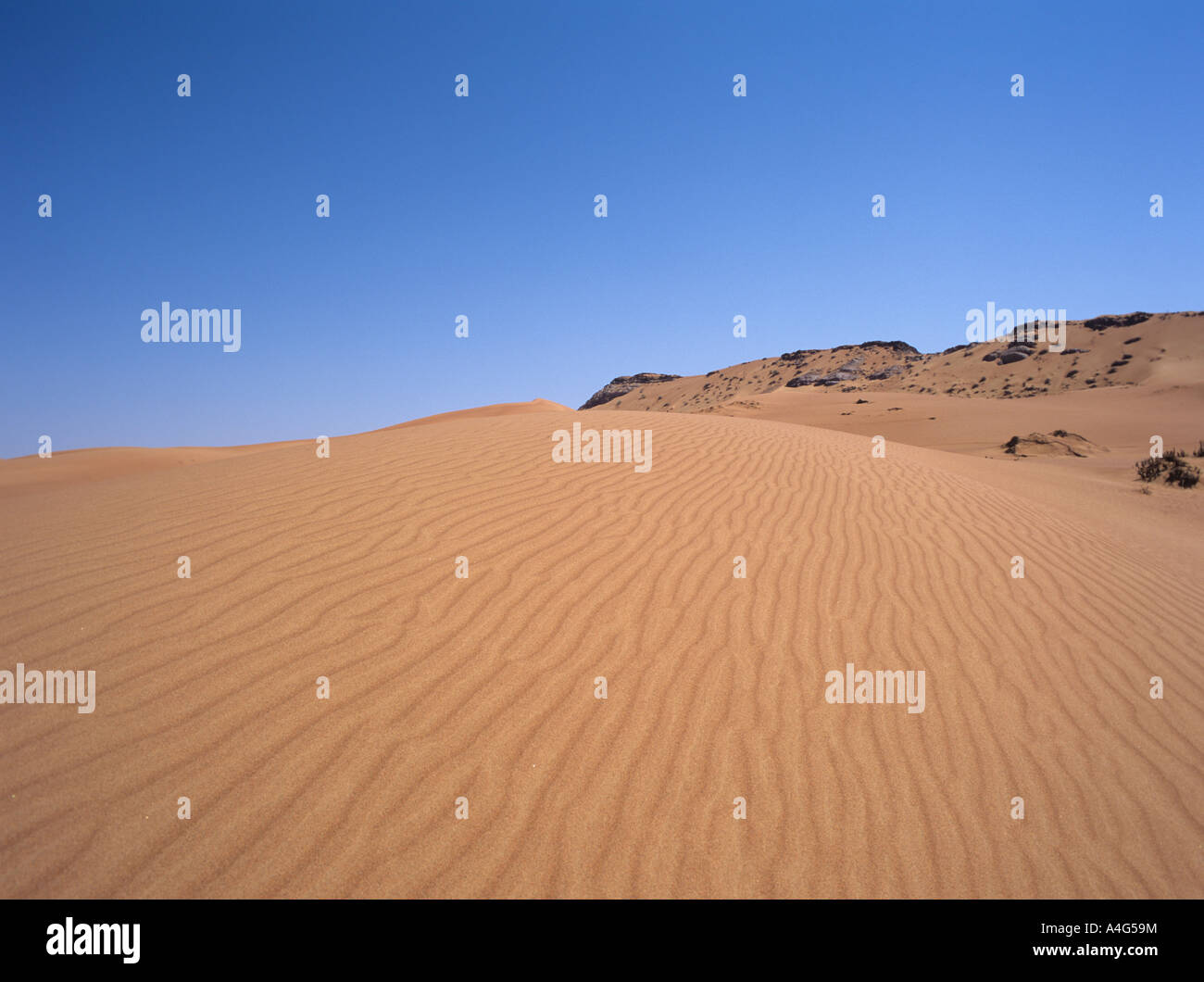
Uae Sand Dunes Stock Photo Alamy The composition of sand varies, depending on the local rock sources and conditions, but the most common constituent of sand in inland continental settings and non tropical coastal settings is silica (silicon dioxide, or sio 2), usually in the form of quartz. Sand, mineral, rock, or soil particles that range in diameter from 0.02 to 2 mm (0.0008–0.08 inch). most of the rock forming minerals that occur on the earth’s surface are found in sand, but only a limited number are common in this form.
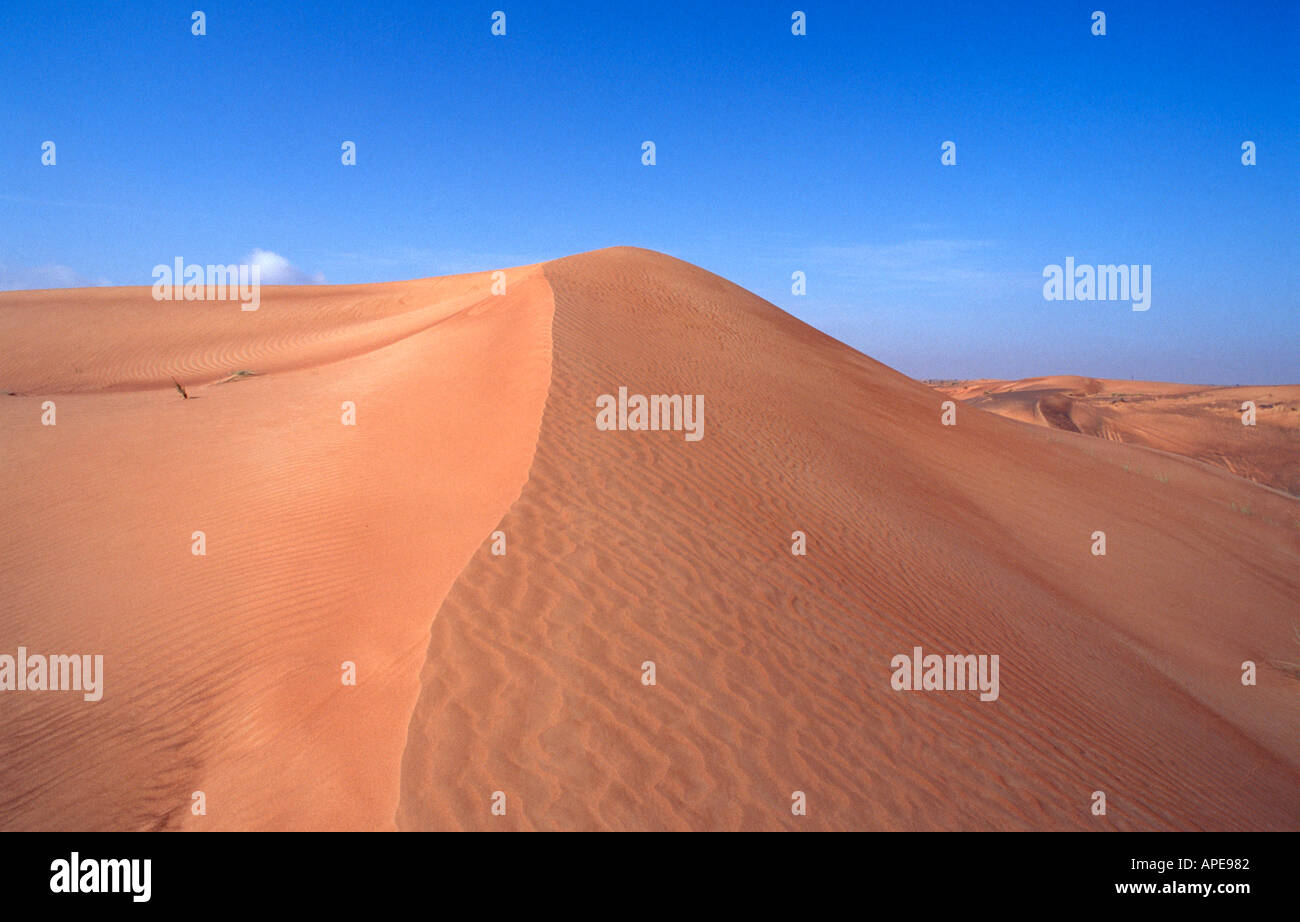
Uae Sand Dunes Stock Photo Alamy Sand can be defined as the mixture of small fine grains of granular materials and rock. Learn what sand is, its composition, where it comes from, its uses, and whether it's a renewable resource. Sand is more than just grains. discover how sand forms, its mineral types, and what it reveals about earth's surface processes. The meaning of sand is a loose granular material that results from the disintegration of rocks, consists of particles smaller than gravel but coarser than silt, and is used in mortar, glass, abrasives, and foundry molds.
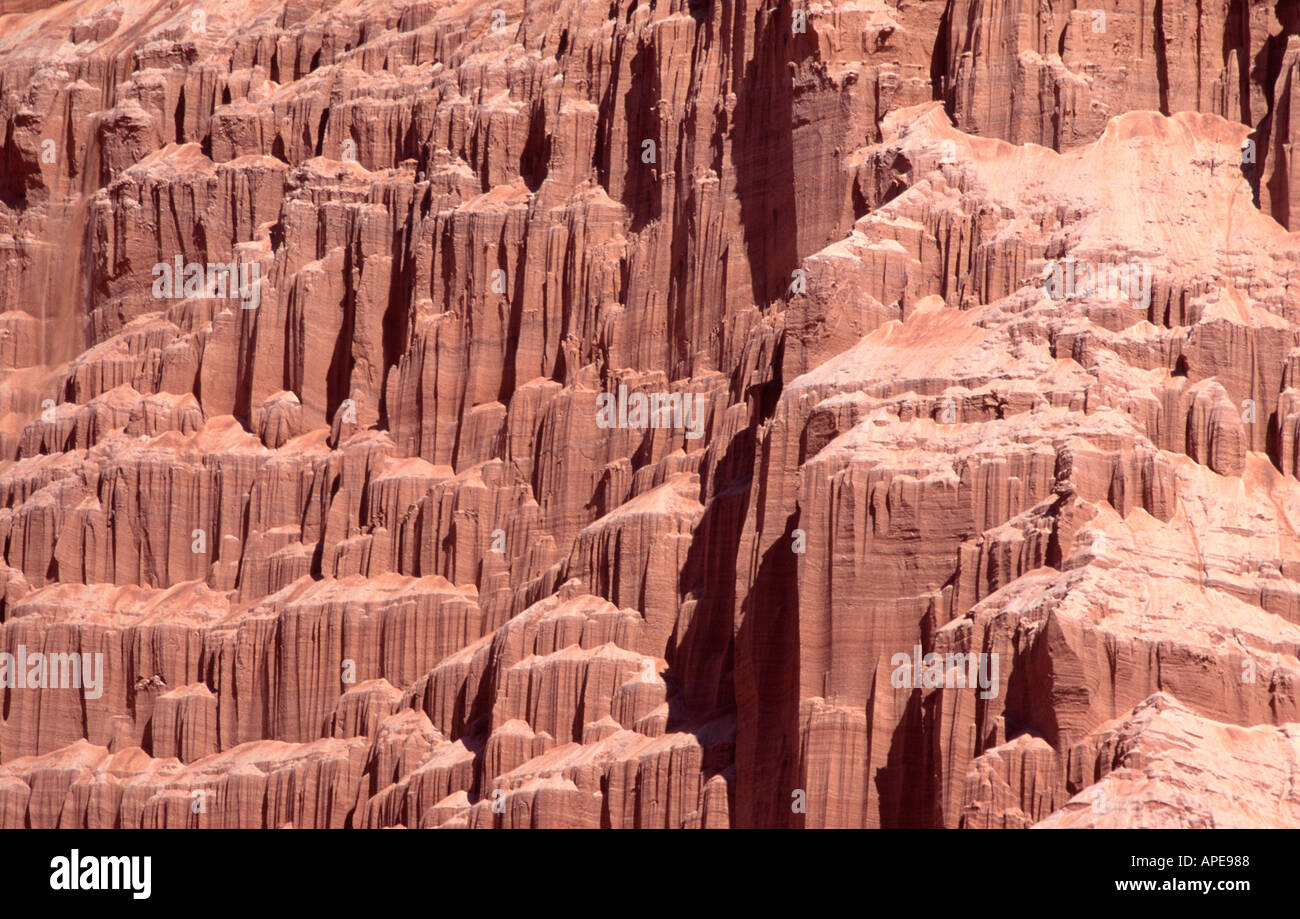
Uae Sand Dunes Stock Photo Alamy Sand is more than just grains. discover how sand forms, its mineral types, and what it reveals about earth's surface processes. The meaning of sand is a loose granular material that results from the disintegration of rocks, consists of particles smaller than gravel but coarser than silt, and is used in mortar, glass, abrasives, and foundry molds. Geologists define sand as fine rock particles with a diameter ranging from 0.063 to 2 millimeters. an individual such particle is called a sand grain. particles from 0.0623 to 0.004 millimeters are called silt, and there are larger particles range from 2 to 64 millimeters. Sand is one of the most common and fascinating natural materials on earth. found in deserts, riverbanks, and beaches, this granular substance plays a crucial role in various natural and human made processes. What is sand? from its formation to the diversity of sand types and its global importance: an in depth look at this underestimated resource. Sand is a naturally occurring granular material composed of finely divided rock and mineral particles. it is a vital component in construction, landscaping, and numerous industrial applications. characterized by its grain size, sand bridges the gap between gravel and silt.
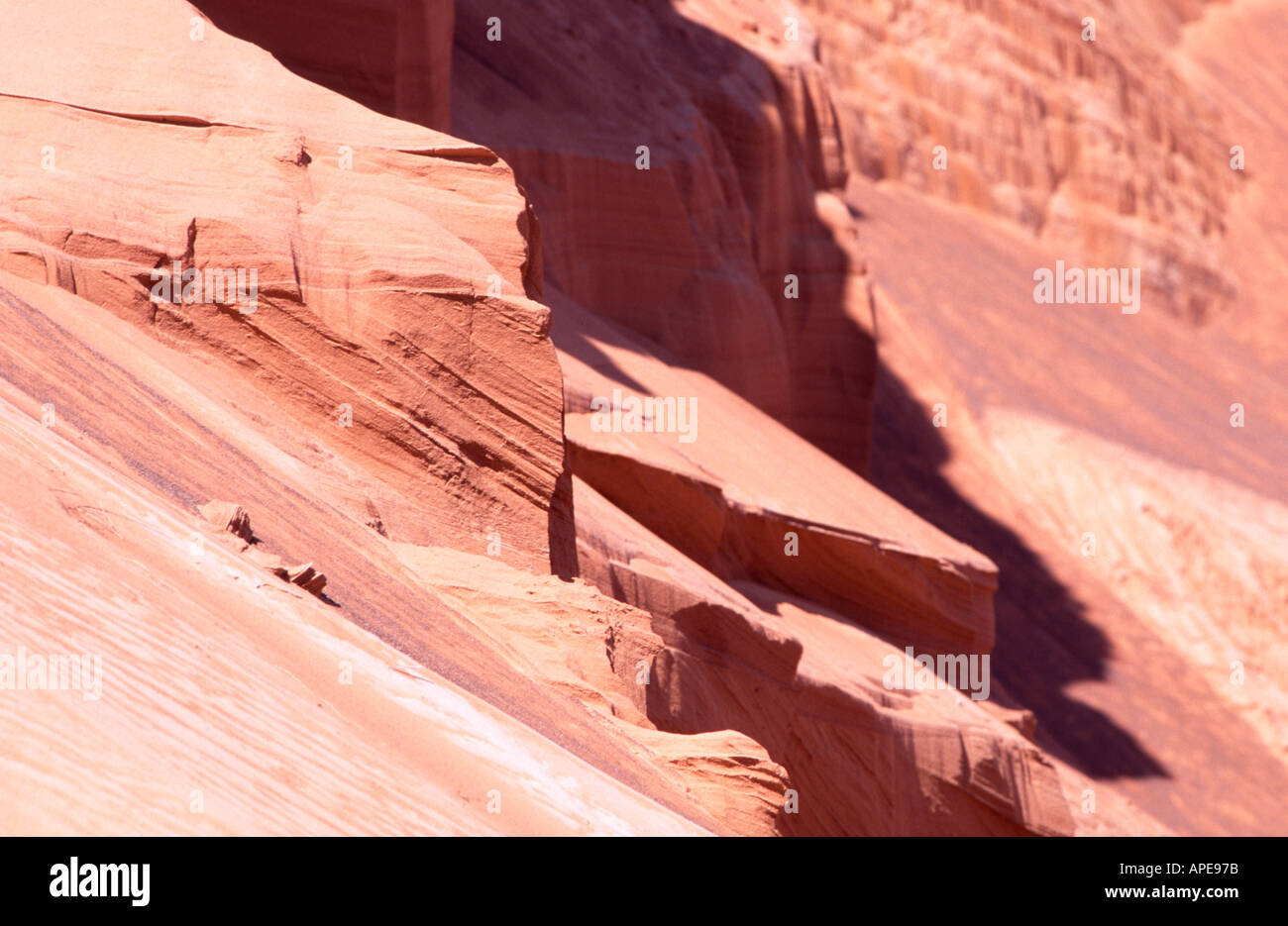
Uae Sand Dunes Stock Photo Alamy Geologists define sand as fine rock particles with a diameter ranging from 0.063 to 2 millimeters. an individual such particle is called a sand grain. particles from 0.0623 to 0.004 millimeters are called silt, and there are larger particles range from 2 to 64 millimeters. Sand is one of the most common and fascinating natural materials on earth. found in deserts, riverbanks, and beaches, this granular substance plays a crucial role in various natural and human made processes. What is sand? from its formation to the diversity of sand types and its global importance: an in depth look at this underestimated resource. Sand is a naturally occurring granular material composed of finely divided rock and mineral particles. it is a vital component in construction, landscaping, and numerous industrial applications. characterized by its grain size, sand bridges the gap between gravel and silt.
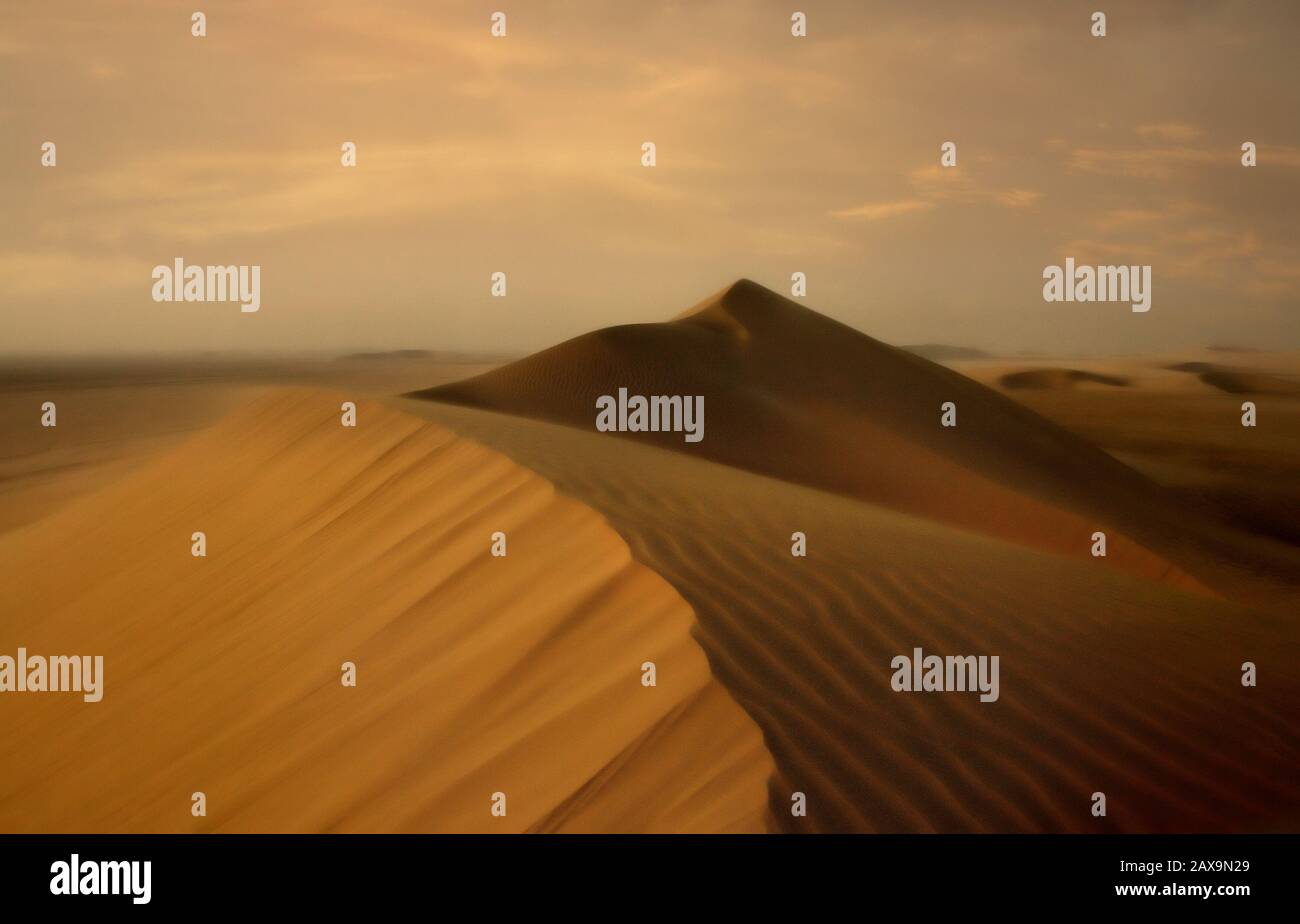
Sand Dunes Uae Stock Photo Alamy What is sand? from its formation to the diversity of sand types and its global importance: an in depth look at this underestimated resource. Sand is a naturally occurring granular material composed of finely divided rock and mineral particles. it is a vital component in construction, landscaping, and numerous industrial applications. characterized by its grain size, sand bridges the gap between gravel and silt.
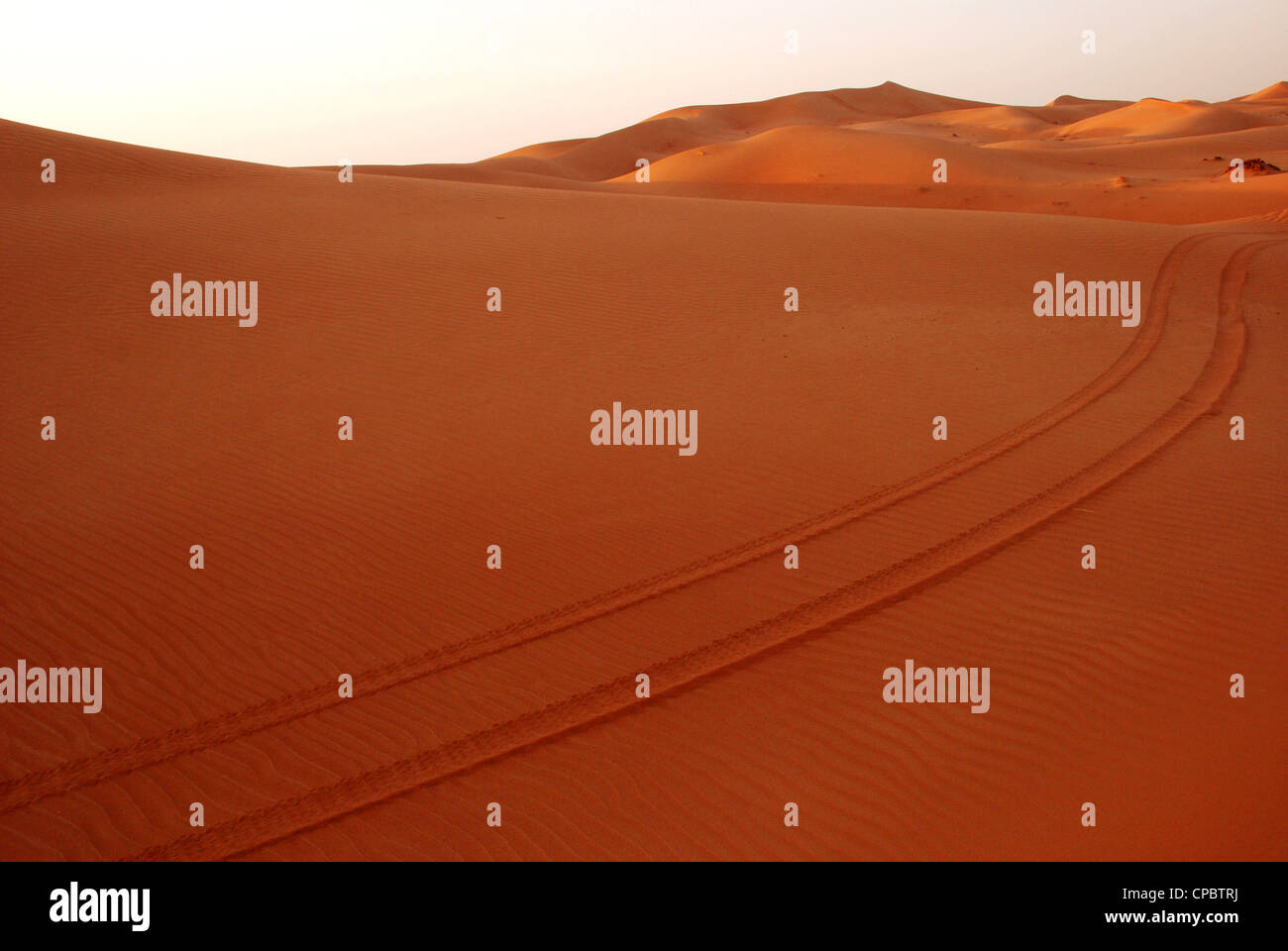
Sand Dunes In Dubai Uae Stock Photo Alamy
Comments are closed.